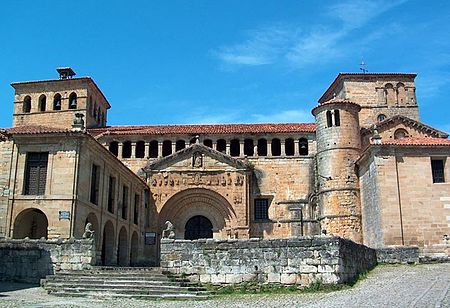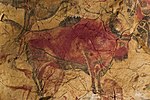Santillana del Mar
Cantabria stubsMunicipalities in CantabriaPages with Spanish IPASpain geography stubs

Santillana del Mar (Spanish pronunciation: [santiˈʎana ðel maɾ]) is a historic town situated in Cantabria, Spain. Its many historic buildings attract thousands of holidaymakers every year. There is an old saying that Santillana del Mar is The Town of Three Lies, since it is neither a Saint (Santo), nor flat (llana), nor is it by the sea (Mar) as implied by its name. However, the name actually derives from Santa Juliana (or Santa Illana) whose remains are kept in the Colegiata, a Romanesque church and former Benedictine monastery. The UNESCO World Heritage Site Cave of Altamira is nearby.
Excerpt from the Wikipedia article Santillana del Mar (License: CC BY-SA 3.0, Authors, Images).Santillana del Mar
Geographical coordinates (GPS) Nearby PlacesShow on map
Geographical coordinates (GPS)
| Latitude | Longitude |
|---|---|
| N 43.393333333333 ° | E -4.1047222222222 ° |









